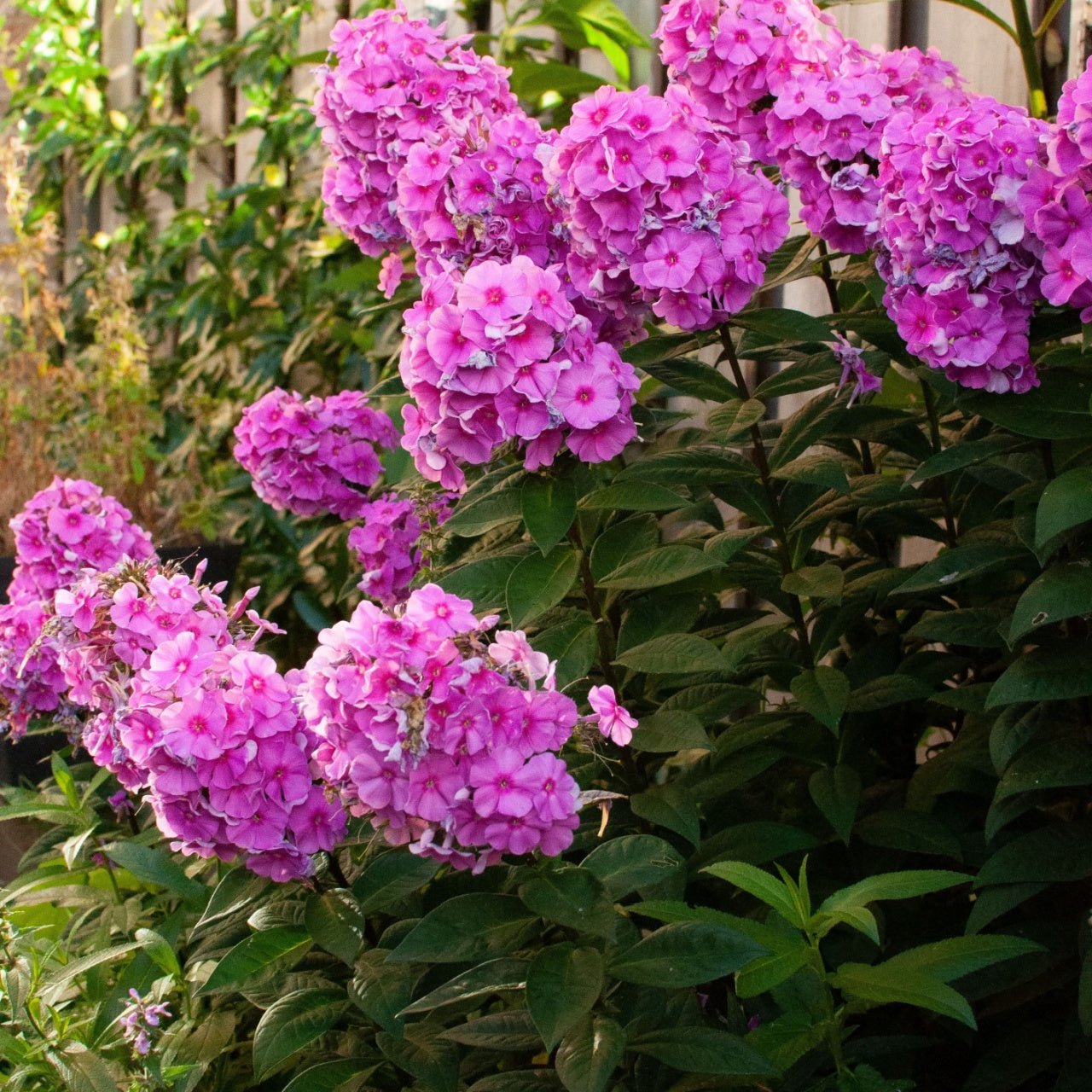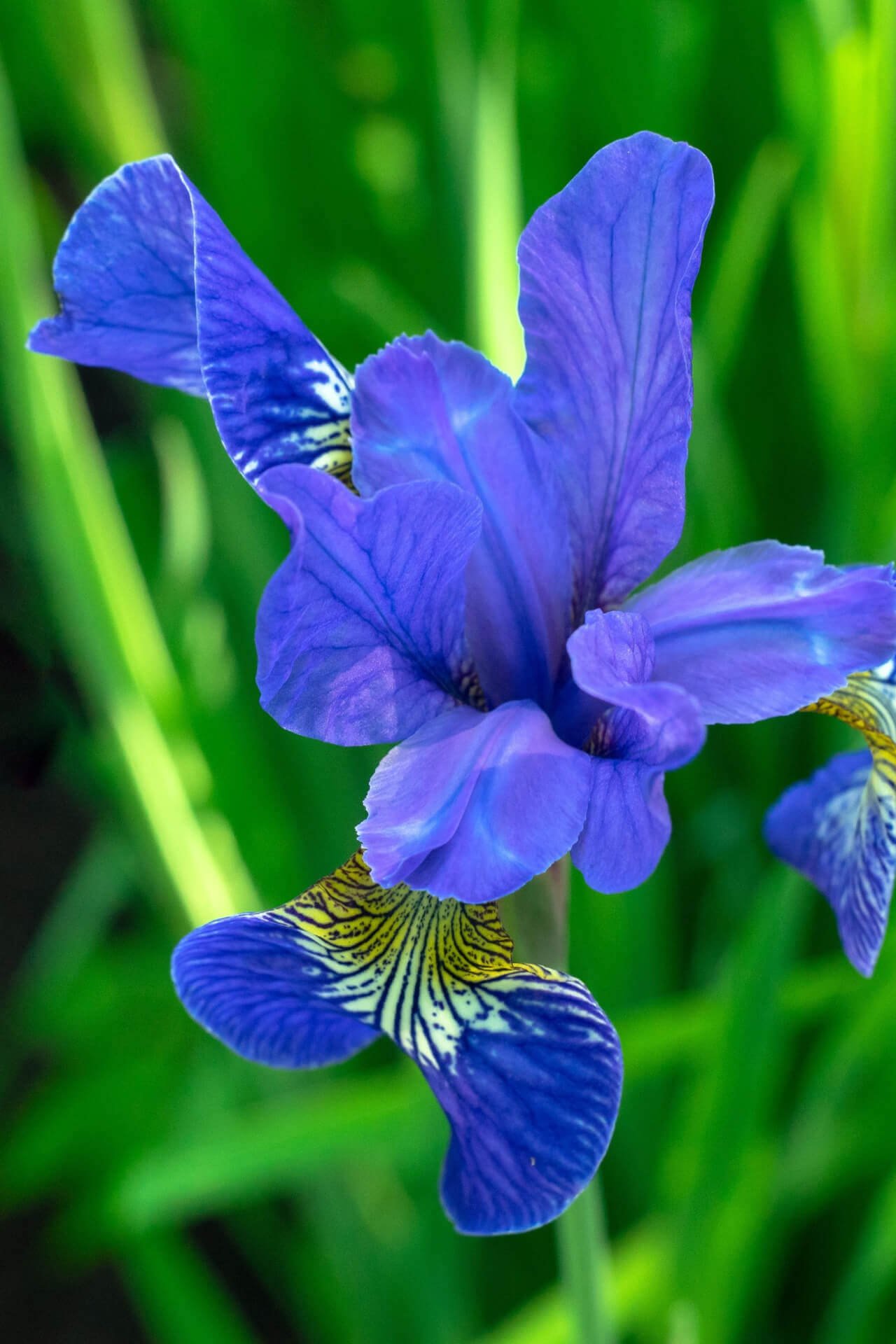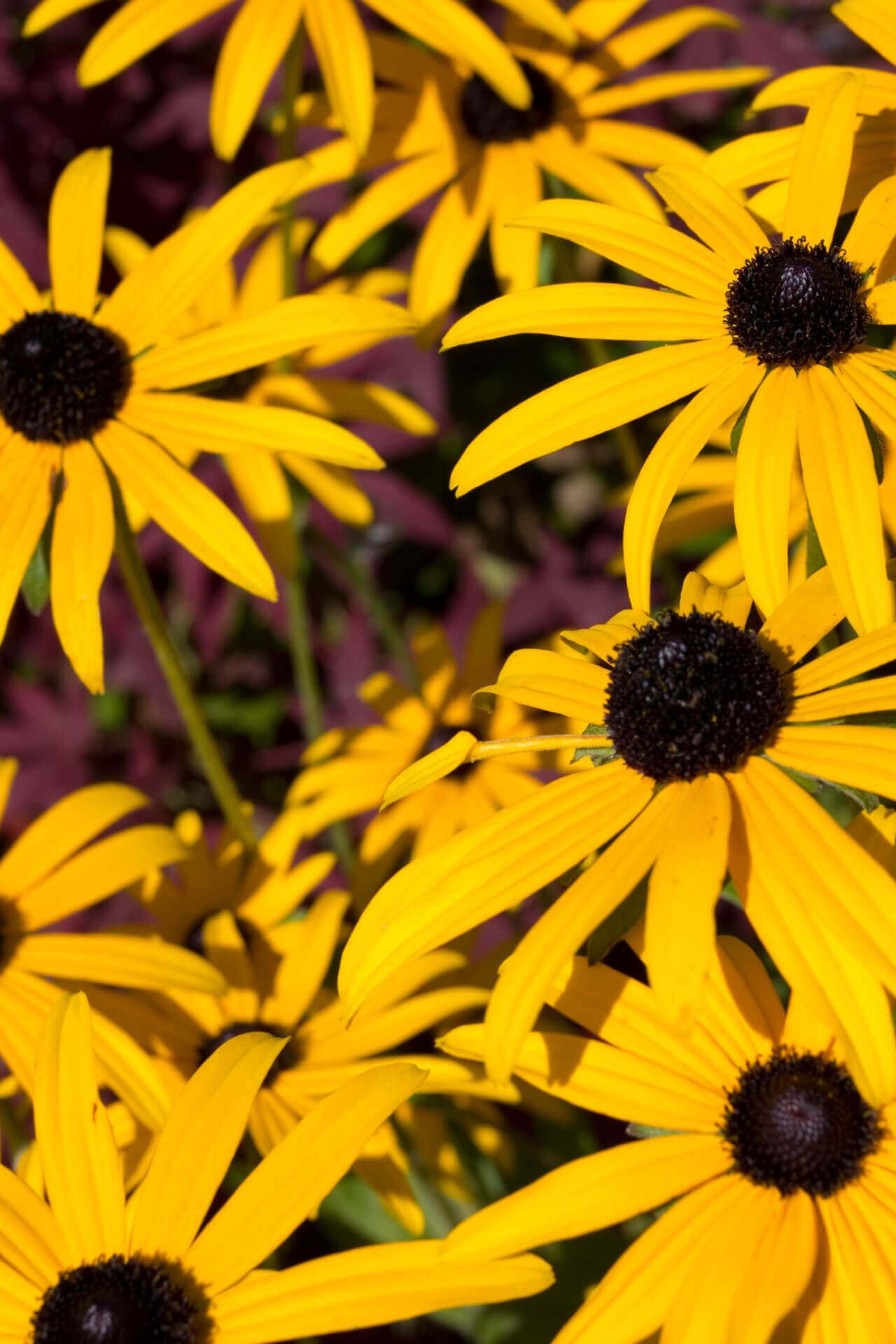
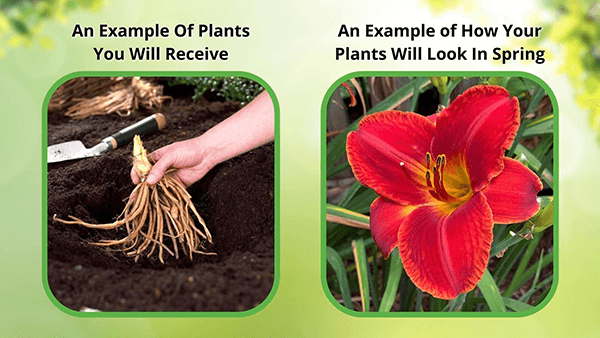
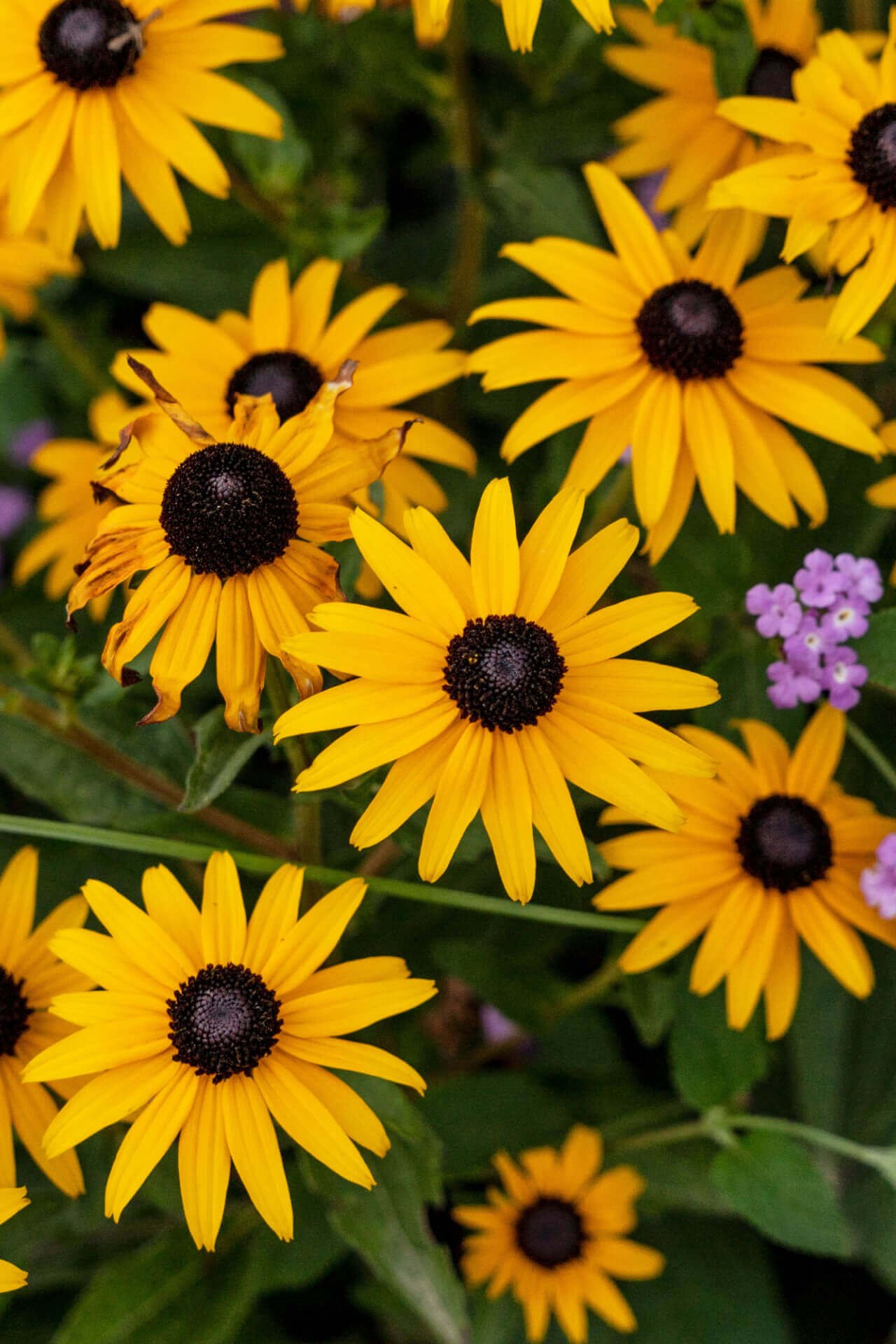

Brown Eyed Susan
Attracts pollinators like bees and butterflies
Low maintenance, hardy perennial plant
Long-lasting blooms throughout summer
Thrives in
ZONE 3ZONE 4ZONE 5ZONE 6ZONE 7ZONE 8ZONE 9This plant ships:
Ships Week of May 19th1 Year Guarantee on all plants
The Brown Eyed Susan - Rudbeckia triloba
The Brown Eyed Susan is a lush, bush-like plant that give gardens beautiful greenery until finally flowering in its second year. Once established, it is a resilient, self seeding plant that takes hold for good in almost any climate. Its blossoms are a striking flower, characterized by their deep brown center and stunning golden petals. A profuse self seeder, it can potentially overwhelm small landscapes, but is a perfect addition to a native or prairie garden, surrounded by other prairie flowers.
Plant Details - Brown Eyed Susan
Family: Asteraceae
Light Requirement: Full sun
Water Needs: Moderate
Height: 2 ft-5 ft
Spread: 2.5 ft
Growth Rate: Moderate-Rapid
Soil Preference: Moist, well drained
Bloom Time: Late summer - hard frost
Flower Color: Yellow
Notable Characteristics - Brown Eyed Susan
The Brown Eyed Susan has a deep brown, cone shaped center that fades to light brown at the edges, surrounded by 8 golden petals. These plants are commonly mistaken for their siblings the Yellow Coneflower and the Black Eyed Susan, but can be identified by their oval, lobed petals, and their lanky, bush-like shape. The petals grow horizontally outward from the base of the cone center angling only slightly downward, making the flower face visible, even from across the garden. Its brown, slightly woody stems can grow up to 5 ft high with multiple branches that all end in a small, yellow blossom. This flower is a captivating use of vertical space in your garden, as empty air becomes a sea of soft yellow blossoms.
Landscape and Maintenance
These American natives are commonly found from New York to Minnesota, and south to Utah and Texas, across the prairie landscape. The Brown Eyed Susan prefers moist, well drained soil and full sun, but is remarkably drought resistant, making it a hardy plant well suited for areas of mixed climate. The golden blooms attract pollinating insects like bees, butterflies, wasps and flies, and also serve as the host plant for the larvae of some moth and butterfly species. It is a crucial part of a native ecosystem in any midwest, prairie climate, visually and biologically complimenting tall, native grasses and prairie wildflowers.
This Is How Your Plants Will Look upon Delivery
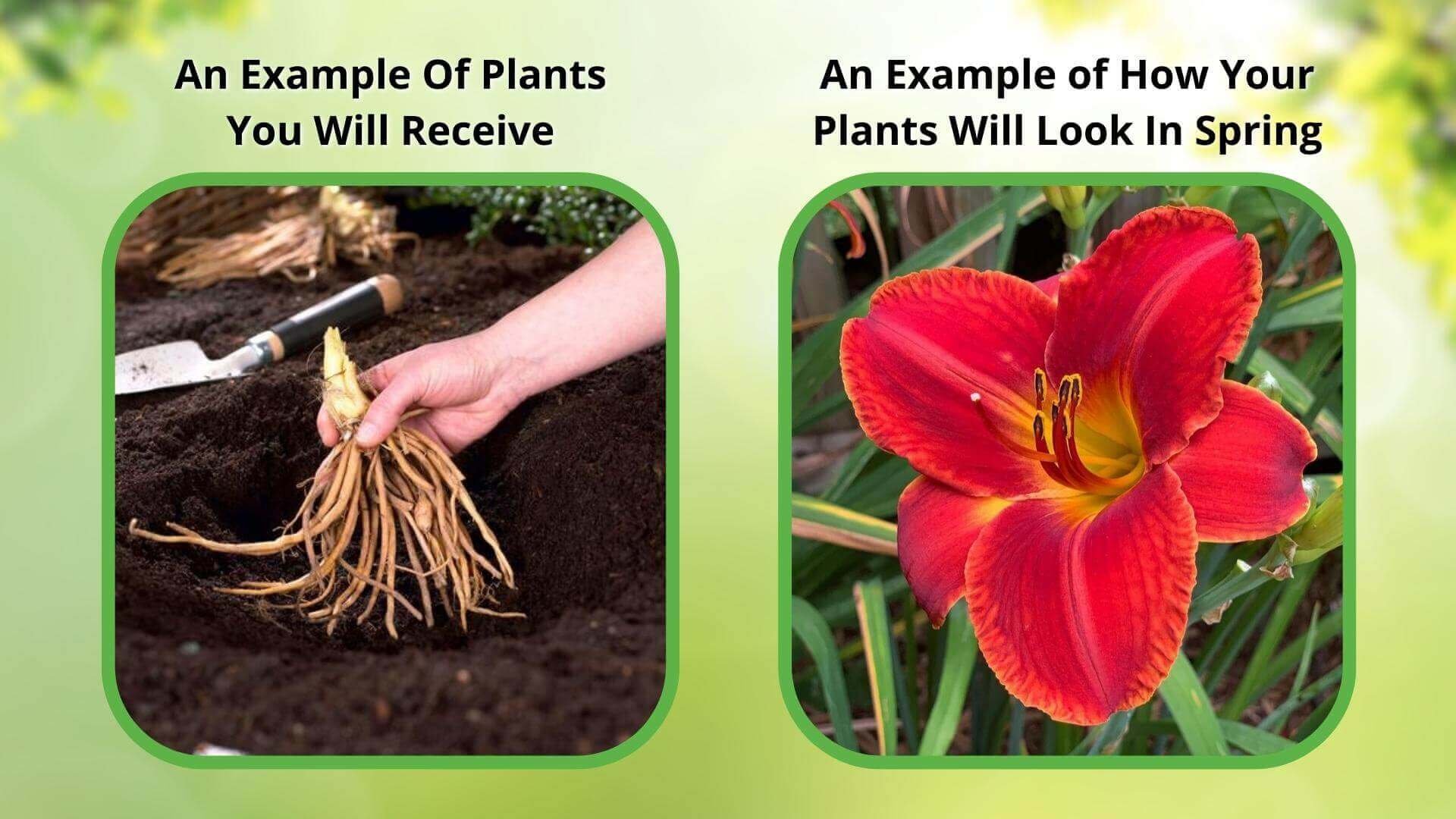
Bloom Season
Fall
Bloom/Foliage Color
Yellow
Height at Maturity
Over 12"
Care
Brown Eyed Susans thrive in well-drained soil with regular watering. Deadhead finished flowers to promote more flowers and cut back in late fall to prepare for winter. They are generally pest-resistant and require minimal fertilization.
Plant Reproduction
Brown Eyed Susan spreads by self-seeding in open soil
Shipping date depends on the date displayed and chosen when you order from the product's page.
We only accept returns on plants verified dead. If you think your plants have died, we offer a 1 year warranty, please use this File a Claim Link to verify dead plants and start with return warranty process.





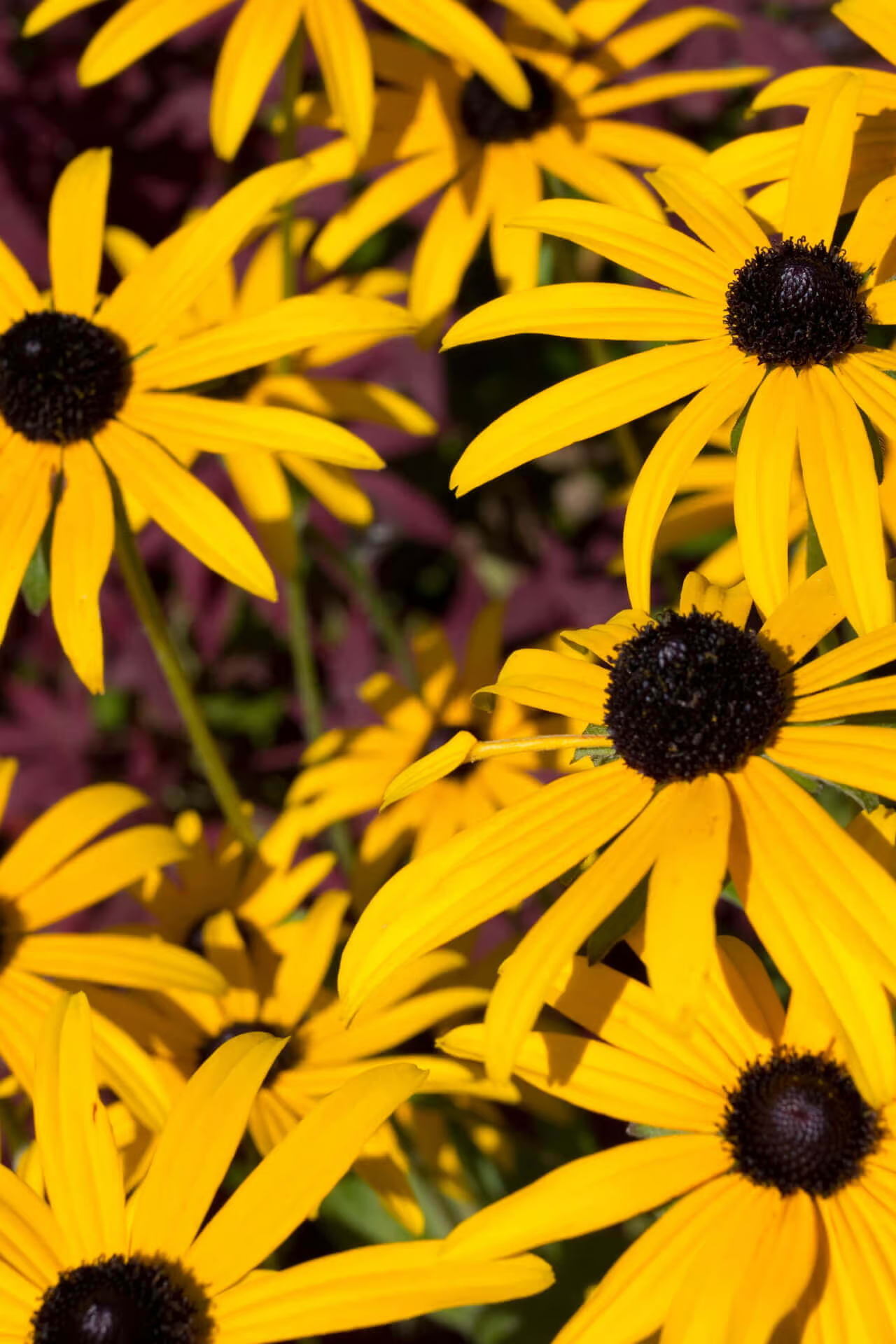
Pollinator Magnet:
Brown-eyed Susan's vibrant yellow flowers attract bees, butterflies, and other beneficial insects, offering a valuable source of nectar and pollen for local pollinators.
Easy to Propagate:
Brown Eyed Susan is simple to propagate, allowing you to easily grow new plants from existing ones. This makes it a great choice for expanding your garden or sharing with friends.
Daisy-Like Blooms:
Each Brown Eyed Susan features a daisy-like flower with fuzzy centers that transition to brown, surrounded by six to twelve bright yellow rays. These blooms, measuring one to two inches across, are produced abundantly, with large, healthy plants displaying six or more flowers at once.
Self-Seeding:
Brown Eyed Susans are either perennial or biennial and often self-seed and self-pollinate. They bloom vibrantly from mid-summer to the first frost, ensuring a continuous display of their cheerful yellow flowers throughout the growing season.
Caring Tips
How do I care for my Brown Eyed Susan?
Each box contains detailed care instructions and information about your product. But here's the basics.
Care Tips
Brown Eyed Susans thrive in well-drained soil with regular watering. Deadhead finished flowers to promote more flowers and cut back in late fall to prepare for winter. They are generally pest-resistant and require minimal fertilization.
Light Requirements
Brown Eyed Susans thrive in full sun, ideally acquiring at least 6 hours of natural sunlight daily. They can tolerate partial shade but may have fewer blooms and more leggy growth in less sunlight.
Hardy Planting Zones
3 • 4 • 5 • 6 • 7 • 8 • 9
Header
Use this content to share information about your store and products.
Frequently Asked Questions
How often should I water my plants?
How do I know if my plant is getting too much or too little sunlight?
What should I do to prepare my plants for winter?
What are the signs that my plant needs fertilizing?
How can I prevent pests from damaging my plants?
How do I choose the right plant for my climate zone?


